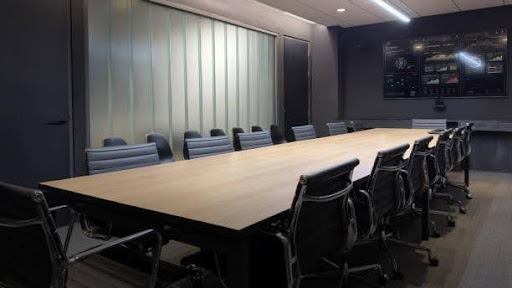Introduction to Desk Table Design
Desk tables have been an essential piece of furniture for centuries, evolving from simple wooden surfaces to multifunctional pieces of art. As our work and living spaces transform, so do the designs of our desks. Today, desk table design is not merely about functionality but also about incorporating aesthetic elements that enhance the overall ambiance of a space. In this article, we delve into the evolution of desk table design, exploring the fusion of form and function that characterizes modern desk tables.
Historical Roots:
The history of desk tables can be traced back to ancient civilizations where rudimentary versions served primarily utilitarian purposes. Ancient Egyptians used slabs of stone or wood supported by trestles as writing surfaces. Similarly, the Greeks and Romans employed lecterns and writing tables for administrative and scholarly pursuits.
During the Middle Ages, desks evolved into more permanent fixtures within monasteries and scriptoria. These desks featured compartments for storing writing implements and parchment scrolls, emphasizing organization and efficiency.
The Renaissance period witnessed a shift towards more ornate desk designs, influenced by the revival of classical art and architecture. Elaborately carved wooden desks adorned the studies of scholars and nobility, reflecting their status and taste.
Industrial Revolution and Mass Production: The Industrial Revolution marked a significant turning point in desk table design. Mass production techniques allowed for the creation of standardized desks, making them more accessible to the growing middle class. The advent of steam-powered machinery enabled the production of desks with intricate designs at a fraction of the previous cost.
During this period, the roll-top desk emerged as a popular choice. Characterized by a flexible tambour cover that could be rolled down to conceal documents, the roll-top desk combined functionality with elegance. Its popularity persisted well into the 20th century, signifying a balance between practicality and aesthetics.
Modern Innovations:
The 20th century witnessed an explosion of innovation in desk table design, spurred by advancements in materials, technology, and ergonomics. The Bauhaus movement, with its emphasis on simplicity and functionality, influenced designers to prioritize clean lines and minimalist forms.
One of the most iconic desk designs of the modern era is the “Eames Desk Unit” by Charles and Ray Eames. Introduced in the 1950s, this modular desk system featured interchangeable components that could be configured to suit individual needs. Its sleek aluminum frame and plywood surfaces epitomized mid-century modern design principles.
In the late 20th and early 21st centuries, the proliferation of computers and digital technology revolutionized desk table design. Ergonomic considerations became paramount as designers sought to accommodate the needs of users spending long hours at their desks. Height-adjustable desks, ergonomic chairs, and cable management systems became standard features, promoting comfort and productivity in the workplace.
The Rise of Contemporary Design:
Contemporary office table design reflects a fusion of traditional craftsmanship, innovative materials, and cutting-edge technology. Designers today are pushing the boundaries of creativity, experimenting with unconventional shapes, materials, and finishes.
One notable trend in contemporary desk design is the use of sustainable materials. With growing awareness of environmental issues, many designers are opting for eco-friendly materials such as reclaimed wood, bamboo, and recycled plastics. These materials not only reduce the carbon footprint but also add a unique character to each piece.
Another emerging trend is the integration of smart technology into desk tables. From built-in wireless chargers to embedded touchscreen displays, desks are becoming increasingly interactive and connected. These features enhance functionality and convenience, catering to the needs of modern users.
The emphasis on customization is also a hallmark of contemporary desk design. Many manufacturers offer customizable options, allowing customers to choose the size, shape, color, and accessories to suit their preferences. This personalization adds a sense of individuality to each desk, transforming it from a mere piece of furniture to a reflection of its owner’s personality and lifestyle.
Conclusion:
Desk table design has come a long way from its humble origins, evolving into sophisticated pieces that blend functionality with aesthetics. From ancient writing surfaces to sleek, high-tech workstations, desks have adapted to meet the changing needs of society. As we continue to innovate and explore new possibilities, the future of desk table design promises to be both exciting and inspiring, marrying form and function in a harmonious union.







